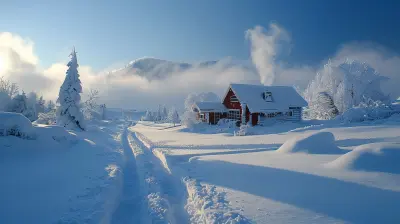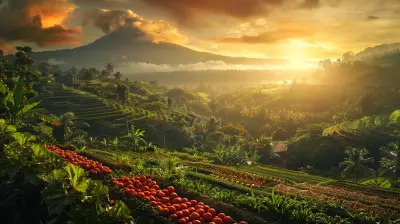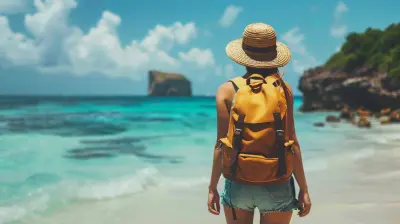The Art of Trail Photography: Capturing Nature's Beauty
19 June 2025
Nature is breathtaking, isn’t it? The crisp air, towering forests, rugged mountain trails, and golden sunsets—there's no better way to escape the chaos of daily life. But what if you could freeze those soul-stirring moments forever? That’s exactly where trail photography comes in.
Whether you’re hiking through lush green valleys or standing on the edge of a cliff at sunrise, knowing how to capture the beauty of nature is an art form. Done right, your photos can take people on a visual journey and bring back the emotions of being in the great outdoors.
So, grab your camera (or even your trusty smartphone), lace up your boots, and let’s dive into the world of trail photography. 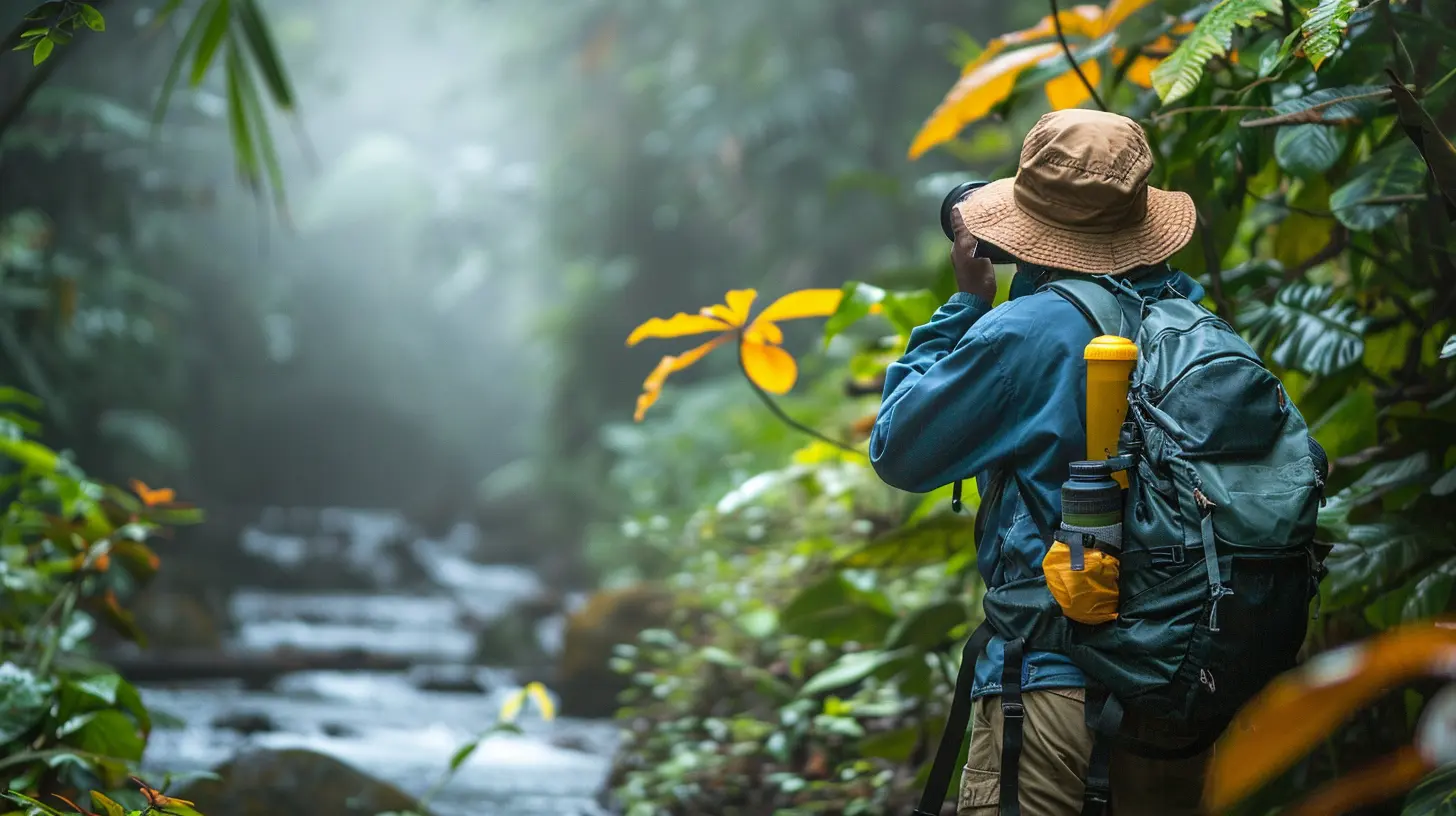
1. Why Trail Photography is More Than Just Snapping Pictures
Capturing nature isn't just about pointing your camera at a stunning view and pressing the shutter button. It’s about storytelling—capturing the mood, the adventure, and the raw essence of a place.Think about it. A simple photo of a winding trail can evoke feelings of wanderlust, serenity, or even mystery. The trick is knowing how to make your audience feel what you felt when you took the shot.
Let’s break down the key aspects of how to turn an ordinary nature shot into something extraordinary. 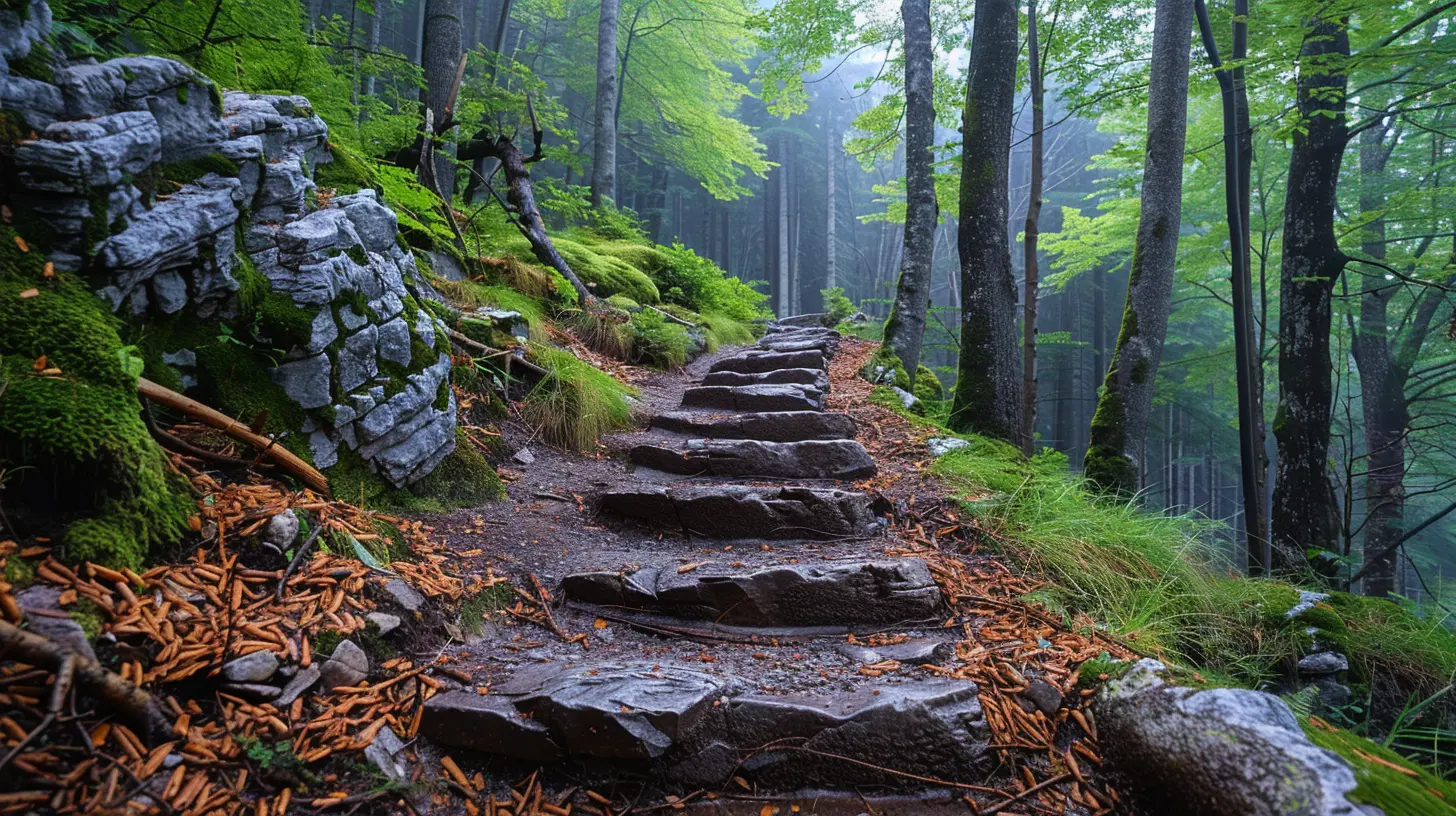
2. Gear Up: What You Need for Trail Photography
Before you hit the trail, make sure you have the right gear. But don’t worry—you don’t need an expensive, bulky setup to get stunning shots.📷 Camera Choices
- DSLR or Mirrorless Cameras – For high-quality images with full control over settings.- Smartphones – Modern smartphones have incredible cameras that can capture professional-level shots.
- Action Cameras (GoPro, DJI Osmo) – Perfect for adventure shots and rugged landscapes.
🔭 Must-Have Accessories
- Tripod – Keeps your shots steady, especially for long-exposure photography.- Filters – Polarizing and ND filters help enhance colors and manage lighting.
- Extra Batteries & Memory Cards – Nothing worse than running out of power mid-hike!
A lightweight setup is key. You're already carrying water, snacks, and other hiking essentials—your photography gear shouldn't weigh you down. 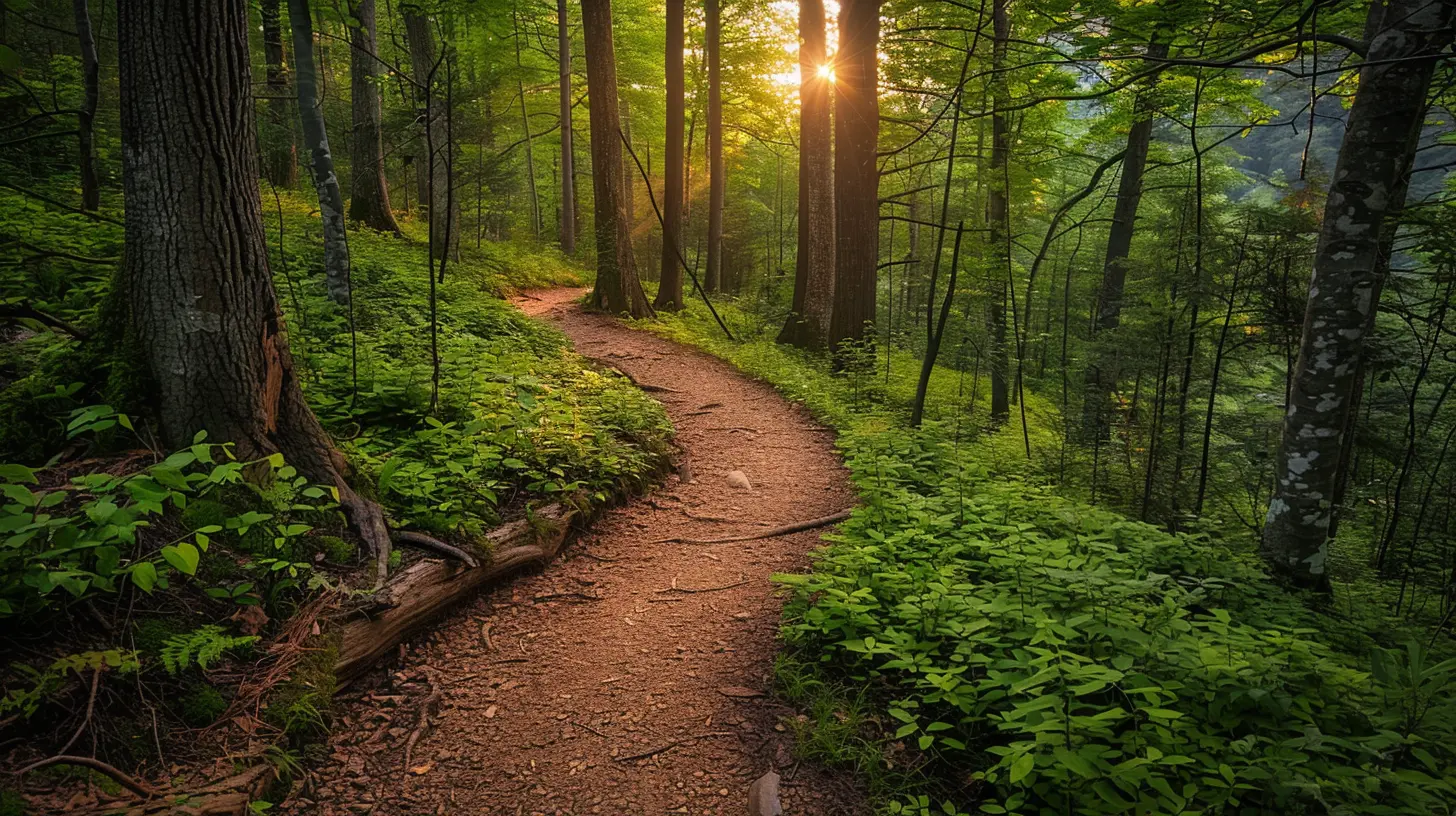
3. Mastering Light: The Secret to Stunning Trail Photos
Lighting can make or break any photograph. Understanding natural light is crucial when shooting outdoors.🌅 Golden Hour Magic
If there’s one rule every outdoor photographer swears by, it’s this: shoot during golden hour (just after sunrise or before sunset). This is when the light is soft, warm, and super flattering.⛅ Overcast Days are Your Friend
Cloudy skies diffuse light naturally, eliminating harsh shadows and bringing out the colors in your landscape.💫 Nighttime Trails
Want to get a little more advanced? Try capturing starry skies or using long exposure to photograph fireflies along the trail. Just bring a tripod and a bit of patience!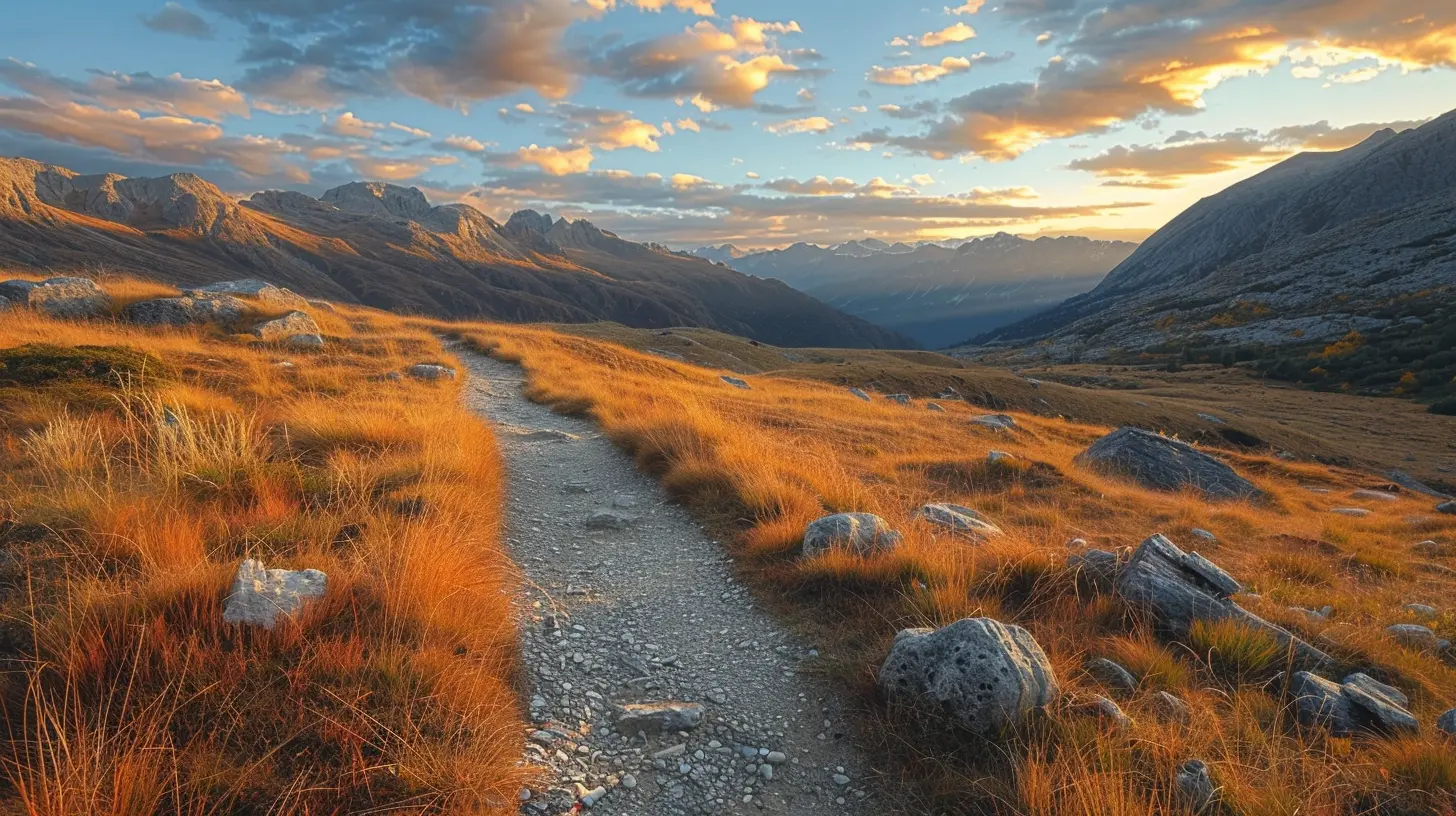
4. Composition: How to Make Every Shot Captivating
Photography is an art, meaning composition plays a huge role in how people experience your images.📐 Rule of Thirds
Ever notice how the best photos feel balanced? That’s the rule of thirds in action. Imagine your frame divided into a 3x3 grid—place the subject at one of the intersection points for a more dynamic and visually pleasing shot.🌿 Leading Lines
Use natural elements like pathways, rivers, or fallen logs to guide the viewer’s eye toward the main subject.🏞️ Framing
Frame your subject using trees, archways, or rock formations to add depth and draw focus to your photo.📏 Foreground, Midground, Background
Layering different elements in your photo creates depth and makes the viewer feel like they’re stepping into the scene.5. Capturing Motion: Bringing Life to Still Images
Nature isn’t static—water flows, clouds move, and winds rustle through trees. Capturing motion adds drama and tells a deeper story.- Long Exposure for Waterfalls & Rivers – Use a tripod and slow shutter speed to get that silky water effect.
- Blurred Movement for Dynamic Action – Photograph a hiker in motion or leaves swaying in the breeze for an immersive feel.
6. Wildlife Photography: Patience is Key
Seeing an animal in its natural habitat is pure magic. But capturing wildlife requires patience and the right techniques.🦉 Best Tips for Wildlife Photography
- Be quiet and move slowly—no sudden movements.- Use a telephoto lens if possible to capture details from a distance.
- Focus on the eyes—this makes the image feel alive.
- Shoot at a high shutter speed to avoid motion blur.
7. Editing: Bringing Your Trail Photos to Life
Your job isn’t done once you take the shot. A little post-processing can turn a good photo into a masterpiece.🎨 Best Editing Apps
- Adobe Lightroom (Mobile & Desktop) – Professional color correction.- Snapseed – A free and user-friendly option.
- VSCO – Great for quick, stylish filters.
🖌️ Editing Tips
- Adjust brightness and contrast, but don’t overdo it.- Enhance colors naturally—avoid making landscapes look artificial.
- Sharpen details to make textures pop.
8. Ethical Nature Photography: Respect the Wild
Capturing nature’s beauty comes with responsibility. Always follow Leave No Trace principles.🚫 Do’s and Don’ts
✅ Stay on trails—trampling vegetation for the ‘perfect shot’ isn’t worth it.✅ Avoid disturbing wildlife—give them space.
✅ Pick up any trash (even if it’s not yours).
Nature gives us these incredible views—let’s make sure they stay pristine for future generations.
9. The Power of Storytelling Through Trail Photography
A great photo doesn’t just show a place—it tells a story. Maybe it's the storm rolling in over the mountains, the exhaustion on a hiker’s face after a grueling climb, or the peaceful solitude of a misty morning in the woods.Next time you hit the trail, think about what you want your photos to say. Are they about adventure? Serenity? The raw power of nature? Let that guide your shots.
Final Thoughts: Ready to Capture the Wild?
Trail photography isn’t just about taking pictures—it’s about seeing nature in a whole new way. The more you practice, the better you’ll get at noticing the little details, chasing the best light, and telling stories through your lens.So, grab your camera, hit the trails, and start capturing the wild, untamed beauty that surrounds you. Who knows? Your next shot might just inspire someone to go out and experience nature for themselves.
all images in this post were generated using AI tools
Category:
Hiking TrailsAuthor:

Claire Franklin
Discussion
rate this article
2 comments
Delilah Griffin
What a delightful read! Your insights on trail photography truly inspire a deeper appreciation for nature's beauty. Can't wait to hit the trails and capture those breathtaking moments myself!
June 26, 2025 at 4:26 PM

Claire Franklin
Thank you so much for your kind words! I'm thrilled to hear that you feel inspired to explore and capture nature's beauty. Happy hiking and shooting!
Colin Schultz
Grab your camera and let nature inspire your art!
June 22, 2025 at 3:34 AM

Claire Franklin
Thank you! Nature truly offers endless inspiration for artistic expression. Happy shooting!
